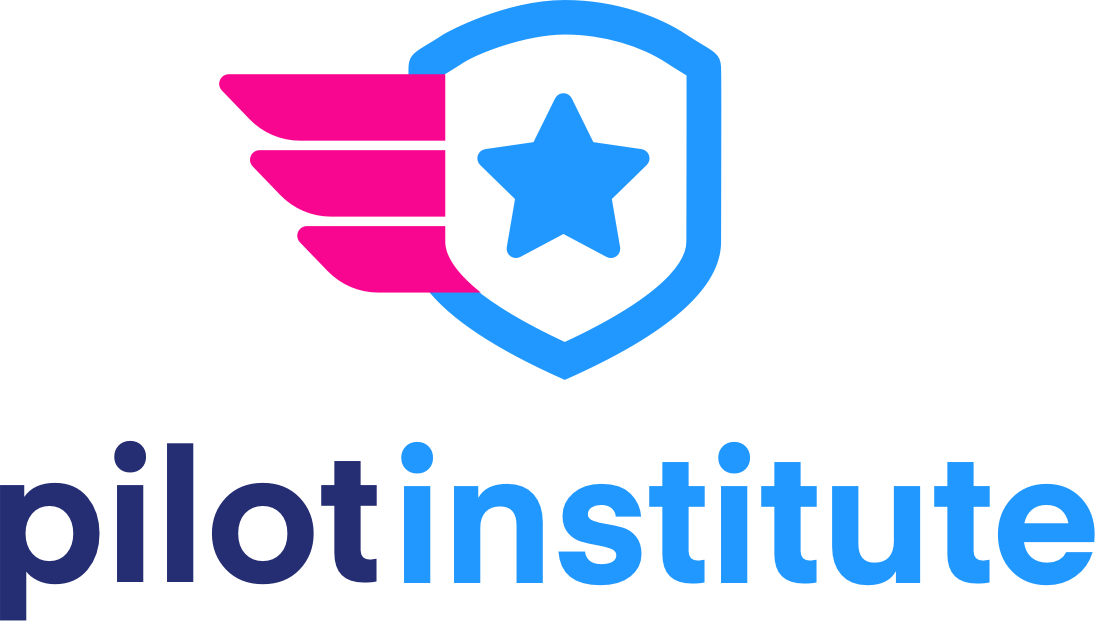The Breakdown
Earlier this week, the FPV community was privy to a leaked memo regarding direction from the FAA to Air Traffic Control personnel to cease taking calls from sUAS pilots asking for authorization to fly in controlled airspace. Controlled airspace is designated as Class B, C, D, and E respectively. This leaves only Class G airspace available for recreational flights.
The FAA has released the following today: Exception for Limited Recreational Operations of Unmanned Aircraft & Recreational Flyers and Modeler Community-Based Organizations
These documents constitute the official published document from the FAA explaining how recreational flyers are to operate under this new development, and what that means for the future.
What does all this mean?
For now, it means a couple of things:
1. Recreational Flyers can not fly in any airspace other than Class G unless conducted under 14 CFR Part 107.
2. The FAA is working to get the LAANC (Low Altitude Authorization and Notification Capability) set up for recreational Flyers. It’s already in place for Part 107 flyers. Until LAANC is in place for recreational flyers, we can only fly in uncontrolled airspace.
3. Recreational flyers are required to follow the eight statutory conditions to be able to fly. If even one of these is not adhered to, the flight might get the pilot into some measure of trouble.
The aircraft is flown strictly for recreational purposes.
The aircraft is operated in accordance with or within the programming of a community-based organization’s set of safety guidelines that are developed in coordination with the FAA.
Currently, the FAA is not acknowledging ANY organization as a CBO, therefore they have been unable to work with anyone in development of safety guidelines. The FAA affirms that flying under the safety guidelines of an organization that does not conflict with established FAA rulings is adequate. This includes the FPVFC Safety Guidelines.
The aircraft is flown within the visual line of sight of the person operating the aircraft or a visual observer co-located and in direct communication with the operator.
The aircraft is operated in a manner that does not interfere with and gives way to any manned aircraft.
In Class B, Class C, or Class D airspace or within the lateral boundaries of the surface area of Class E airspace designated for an airport, the operator obtains prior authorization from the Administrator or designee before operating and complies with all airspace restrictions and prohibitions.
As of right now, there is no way for recreational flyers to obtain prior authorization to fly in controlled airspace. The FAA has stated that they are “committed to quickly implementing LAANC” with a rough ETA of this summer. Once in place, potential access to controlled airspace will once again be open.
In Class G airspace, the aircraft is flown from the surface to not more than 400 feet above ground level and complies with all airspace restrictions and prohibitions.
This has been in the FAA Reauthorization Act of 2018 since the beginning. For recreational flyers, this is a hard 400 feet above ground level (AGL), unlike for Part 107, which has the capability to fly up to an additional 400 feet above a structure.
Additionally, they note that recreational flyers may not fly in any designated restricted zone or prohibited airspace, deemed that way by matter of national security or emergency operations.
The operator has passed an aeronautical knowledge and safety test and maintains proof of test passage to be made available to the Administrator or a designee of the Administrator or law enforcement upon request.
Currently, as the FAA has not yet created the knowledge exam, they admit that satisfying this requisite is impossible. Once the exam has been created, you will need to take and pass it, as well as keep the document that states a pass with you at all times when flying.
The aircraft is registered and marked and proof of registration is made available to the Administrator or a designee of the Administrator or law enforcement upon request.
As released earlier this year, it is now required to place your registration number on the OUTSIDE of your aircraft where it is visible, as opposed to inside a battery case, under a battery, under a component, etc.
What do I need to fly FPV recreationally today?
According to this release, in order to fly today within the guidelines of the FAA, you are required to register yourself as a recreational pilot at: https://faadronezone.faa.gov if your aircraft is between 250g ( 0.55 lbs) and 25kg (55 lbs). It is also advised that you keep a copy of your registration card with you in case it is requested by FAA or FAA designee or law enforcement.
Fly using the FPVFC Safety Guidelines as your manual for safe flight. Bring a copy with you (toss it in your flight bag!) so that if questioned, you have it handy.
Follow the above statutory conditions for flight under the Limited Recreational Operations, including having a visual observer / spotter.
In order to identify where you can fly in uncontrolled airspace, visit the FAA Facility Maps. Here, you can locate your area and any area not covered by a grid is Class G airspace.
What will be required in the near future?
The next several months may see quite a few changes, key among them is the knowledge exam. Once that releases, every recreational flyer will be required to take and pass the exam to be able to fly. Once passed, the recreational flyer will need to keep a copy of the document stating that you have taken and passed the exam readily available for examination upon request by public officials and law enforcement.
The enhancement of the LAANC system to allow recreational use will open up the potentialavailability of more airspace in controlled areas, through prior authorization. Generally, this approval happens very quickly, and the system so far has been successful for the Part 107 flyers.
With the upcoming community-based organization guidelines, the hobby will see the approval of CBO’s. Through this, the FAA will work together with each CBO to define safety guidelines under which it’s members (or non-members) will fly. This recognition as a CBO might open doors through which these organizations can collaborate with the FAA to ensure our hobby continues to grow.
Remember we knew this would be rolling out at some point, and it really is as simple as a transition from being able to contact the local ATC for prior approval, to using the LAANC system. There is going to be some down time in between, as all transitions are not seamless, however as always, we will adapt and overcome. The FPV Freedom Coalition urges all recreational flyers to show good faith and follow these statutory requirements in order to show that we are willing to collaborate with the FAA to ensure the future of our hobby.






